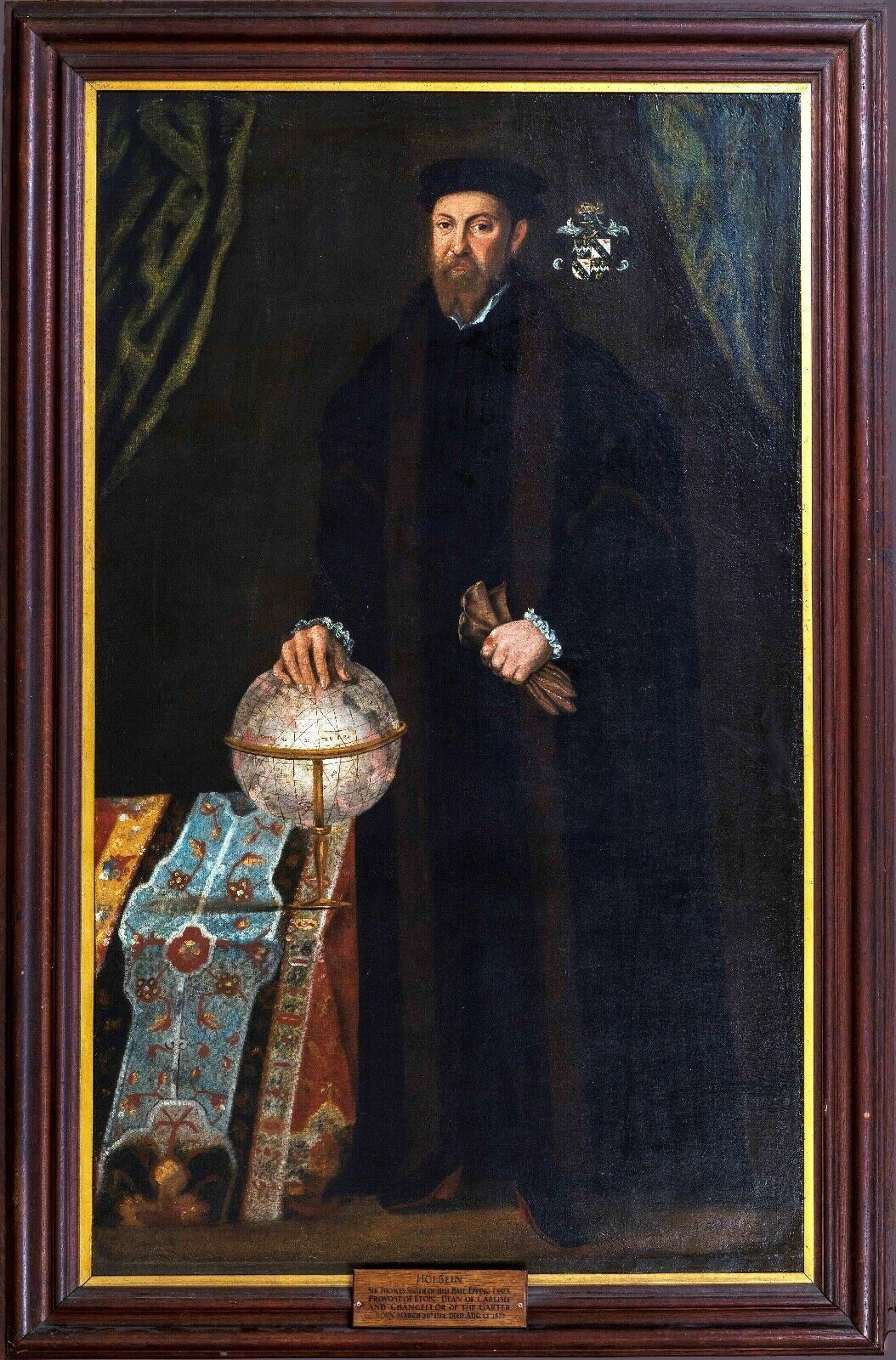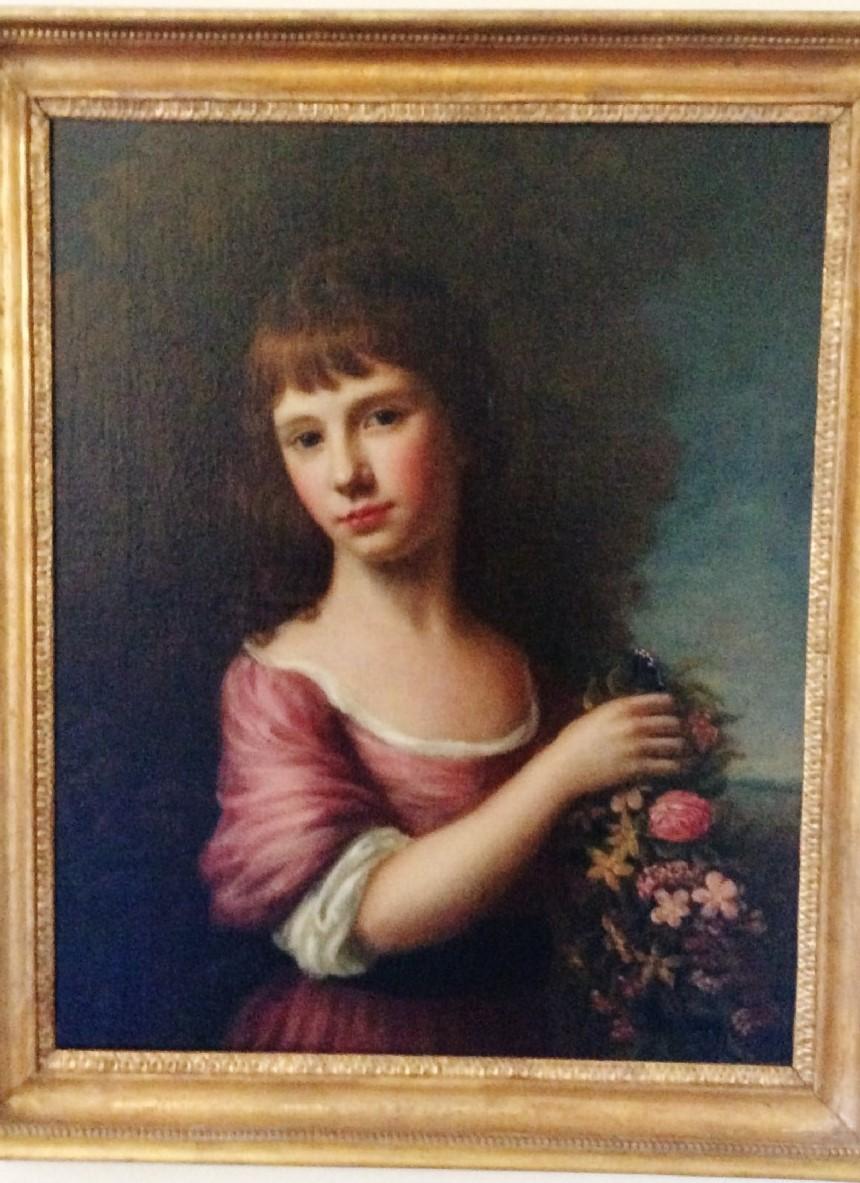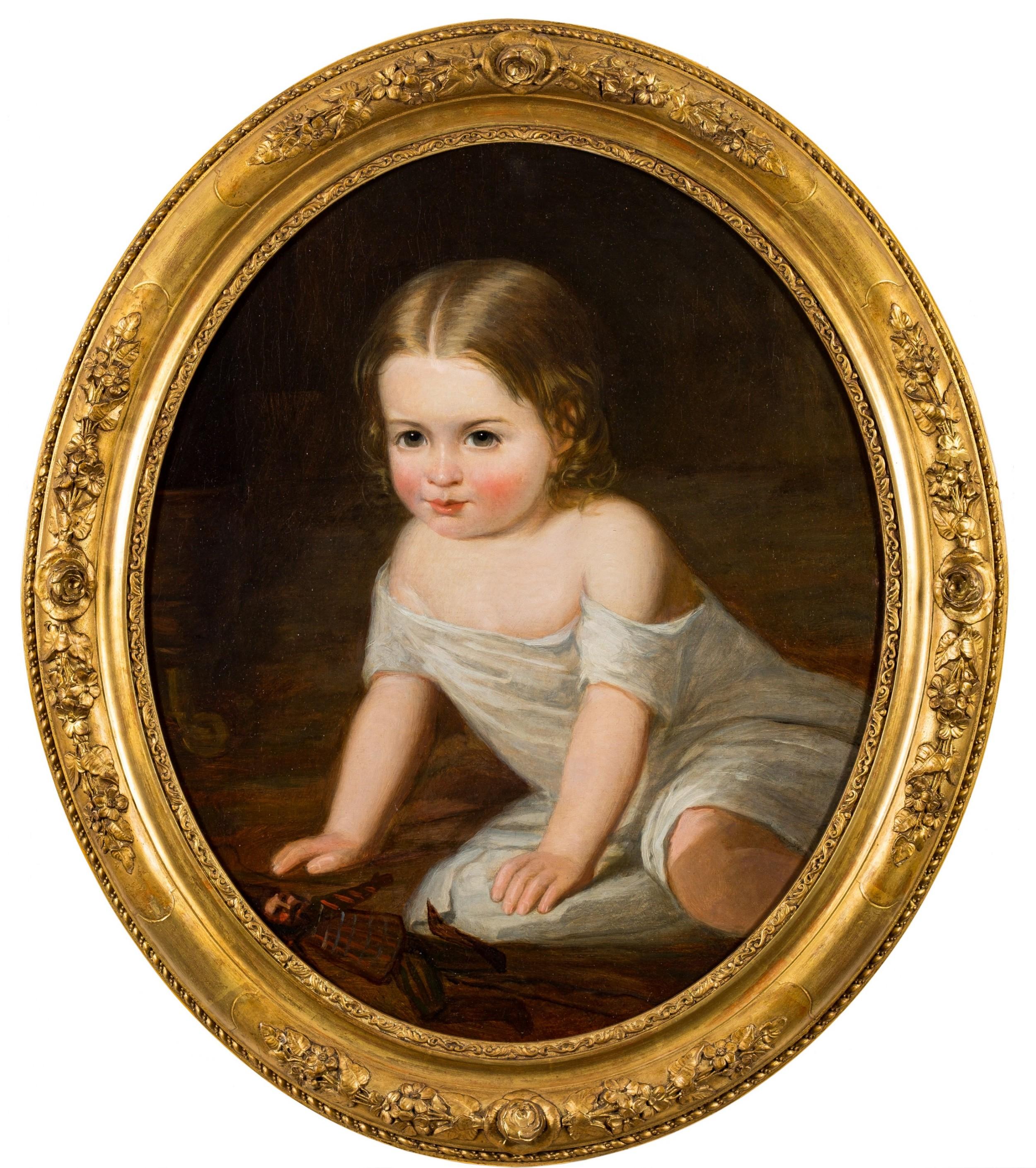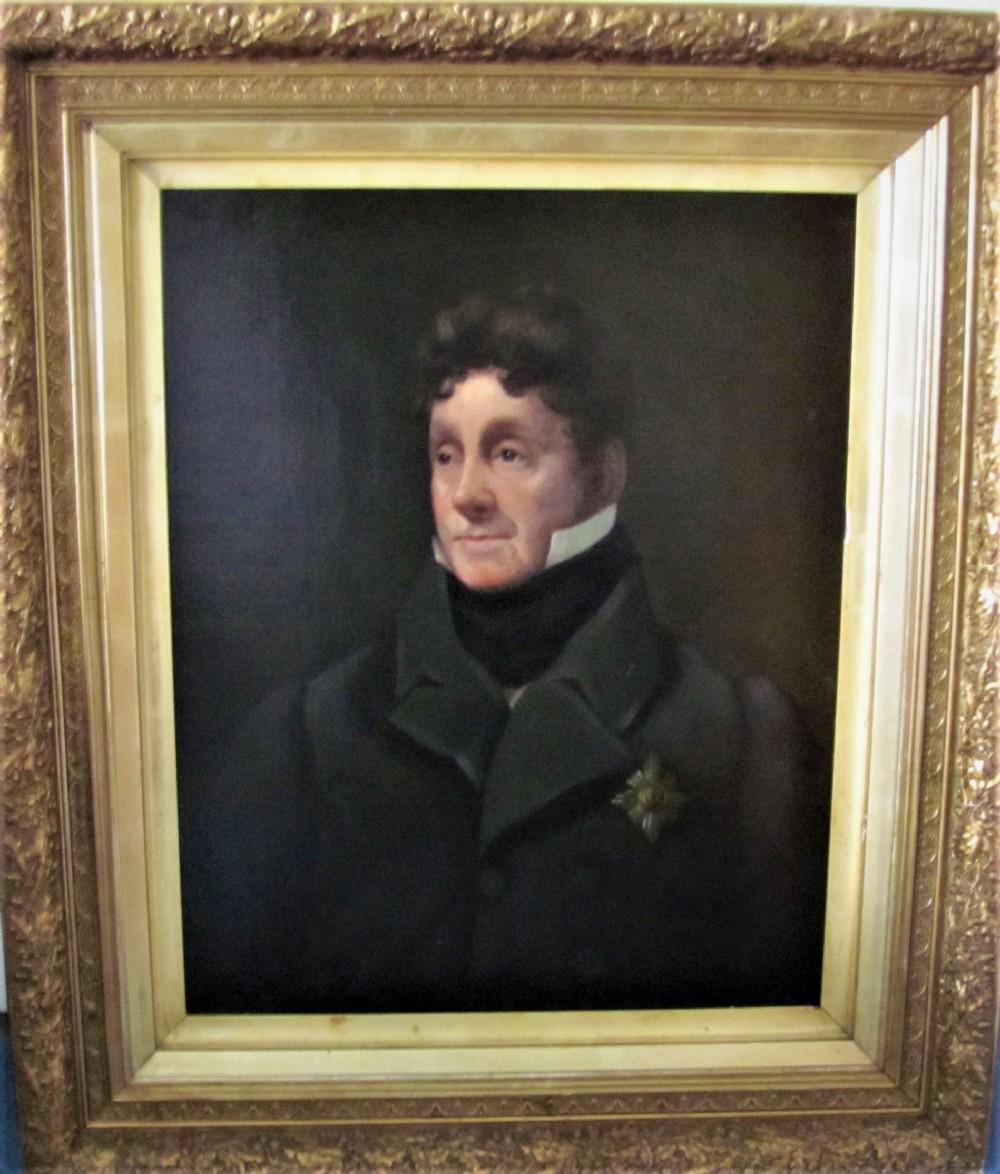Items Similar to David Goliath Cagnacci Paint Oil on canvas Old master 17th Century Italian Art
Want more images or videos?
Request additional images or videos from the seller
1 of 22
David Goliath Cagnacci Paint Oil on canvas Old master 17th Century Italian Art1630-1670
1630-1670
About the Item
Guido Cagnacci (Romagna, 1601 - Vienna, 1663)
workshop / attributable
Quality work depicting David with the head of Goliath (or the Triumph of David)
oil painting on canvas
Dimensions (cm): 109 x 85, framed
Provenance: Bologna private collection
We share a work of great importance, capable of enthusing any connoisseur or collector of works of this caliber, which depicts the victory of David over the giant Goliath, one of the most admired themes in the history of art.
According to the story, narrated in the Old Testament, David first hit his apparently invincible opponent, Goliath, throwing a stone that hit the giant on the forehead, and then used his sword to cut off his head.
We are talking about a seventeenth-century oil painting on canvas, which re-proposes the famous David with the head of Goliath, created by Guido Cagnacci around 1645-50, now housed at the Jean Paul Getty Museum in Los Angeles.
One of the major protagonists of Baroque painting, creator of a passionate and sensual painting but also imbued with great technical skill and a sincere religiosity and contrary to the glories of the Counter-Reformation, Cagnacci traveled a lot during his career; first in Bologna, then in Rome, completing his training at Guercino's studio, and finally in Venice.
In the decade he spent in the lagoon city (1649-1659), where he maintained an active workshop, he tackled the theme of David victorious for the first time, with a painting for the Roman residence of Prince Colonna, and today at the Columbia Museum of Art (South Carolina ). This work became extremely famous: its tone of lightness and refinement, which does not contain any sense of tragedy and struggle, had to make it welcome and appreciated.
Starting from the success obtained right away, Cagnacci and his circle later created several variations of this subject, including the one we proposed, where the biblical hero is portrayed with an even more elegant and elaborate style.
Among these we can mention:
- 'David and Goliath' Cremonini-Tamburi Collection of Bologna, with previous attribution to Pasinelli
- 'David and Goliath' (1645-1650) from the Paul Getty Museum
- 'David and Goliath', Private collection, see General Catalog of Cultural Heritage
In the classical and sensual nobility of the David model, it is easy to detect the debt towards the classical Emilian tradition and in particular towards Guido Reni, while the lighting system in the diagonal of shadow that crosses the back wall takes up a typically solution Caravaggesque.
Davide is immortalized here with the formal perfection of a Greek statue on his pedestal, while he turns his androgynous face to the right, portrayed with a meticulousness and formal elegance that give the painting a hypnotic rhythm.
The painter's ability was to estrange the character from the sense of the drama that had just ended, crystallizing the composition into an almost dreamlike stillness, without the slightest trace of fatigue: if it were not for the large decapitated head, and for the sling again. in the left hand, we would struggle to recognize Goliath's executioner, who had just come out of a duel that appeared unequal.
The proposed canvas is the work of an artist from Guido Cagnacci's workshop, most likely executed under the directives of the great master himself, to satisfy the request of the client who was impressed by this splendid subject.
The sumptuous clothing of the young hero deserves a mention, highlighted by the bright blue of the fabrics, and which takes up the tradition of portraying biblical and historical protagonists in luxurious contemporary clothes, which Cagnacci would have admired in the paintings of his Renaissance predecessors including Paolo Veronese, the whose work he studied with great attention, and Caravaggio.
The conservation conditions of the work appear excellent, also by virtue of the quality of the pigment used, the pictorial layer does not present any kind of problem. The painting is sold complete with a nice antique wooden frame.
Like all our objects, the work is accompanied by a certificate of authenticity and a descriptive card.
We take care and organize the transport of the purchased works, both for Italy and abroad, through professional and insured carriers.
Contact us for any information, we will be happy to answer you.
- Creation Year:1630-1670
- Dimensions:Height: 48.43 in (123 cm)Width: 39.38 in (100 cm)
- Medium:
- Movement & Style:
- After:Guido Cagnacci (Romagna, 1601 - Vienna, 1663) (1601 - 1663, Italian)
- Period:
- Condition:
- Gallery Location:Riva del Garda, IT
- Reference Number:1stDibs: LU988110678732
About the Seller
4.8
Platinum Seller
These expertly vetted sellers are 1stDibs' most experienced sellers and are rated highest by our customers.
Established in 2017
1stDibs seller since 2018
207 sales on 1stDibs
Typical response time: <1 hour
- ShippingRetrieving quote...Ships From: Riva del Garda, Italy
- Return PolicyA return for this item may be initiated within 7 days of delivery.
More From This SellerView All
- Terwesten Woman Allegory Art Paint Oil on canvas 17/18th Century Old masterLocated in Riva del Garda, ITMattheus Terwesten (The Hague, 1670 - 1757) Portrait of a young woman with palette and brushes, as Allegory of the art of Painting Oil on canvas 160 x 91 cm. - In frame 178 x 107 cm...Category
17th Century Old Masters Paintings
MaterialsOil
- Perroneau Portrait Lady Woman Paint Oil on canvas 18th Century Old master FrenchLocated in Riva del Garda, ITJean-Baptiste Perroneau (Paris, 1715 – Amsterdam, 1783) Portrait of a lady Oil on oval canvas 60 x 50 cm. - In frame 77 x 66 cm. Work accompanied by expertise: Raffaelle Colace (Cremona), Ferdinando Arisi Reference bibliography: d’Arnoult, Dominique (2014) Jean-Baptiste Perronneau, c 1715-1783, un portraitiste dans l’Europe des Lumières Excerpt from the expertise of Dr. Colace: This refined portrait of a lady is a perfect example of the style of Jean-Baptiste Perroneau, a very talented French painter, whose most beautiful works are located, just like this one, between the fifth and sixth decades of the eighteenth century. "Perroneaeu is more naturally colored than La Tour, the est, in the peinture de poussière colorée, tout plein de tons clairs, frais, presque humides": this is how his brothers wrote about him in La Maison d...Category
18th Century Old Masters Paintings
MaterialsOil
- Portrait Knight Paint Oil on canvas 17th Century Lombard school Old master ItalyLocated in Riva del Garda, ITLombard painter of the 17th century Portrait of a Knight in Armour Oil on canvas 81 x 70 cm./ Framed 93 x 82 A handsome gentleman in armour, immortalised in an authoritative and pr...Category
17th Century Old Masters Paintings
MaterialsOil
- Ecce Homo Coxie Paint 16/17th Century Paint Oil on table Old master Flemish ArtLocated in Riva del Garda, ITCircle of Michael Coxie (Malines, 1499 - Malines, 1592) Ecce Homo with Pontius Pilate Oil on panel Flemish school 16th-17th century 112 x 81 cm - framed 121 x 90 cm. The proposed p...Category
16th Century Old Masters Paintings
MaterialsOil
- Portrait Woman Princess Diziani Paint 18th Century Oil on canvas Old master ArtLocated in Riva del Garda, ITGaspare Diziani (Belluno 1689 - Venice 1767) Portrait of a Young Princess (Salome?) Oil on canvas 42 x 33 cm Framed 70 x 63 cm A charming portrait of a beautiful young woman with ...Category
18th Century Old Masters Paintings
MaterialsOil
- Cupid Portrait Parmigianino Paint 17/18th Century Oil on canvas Old master ItalyLocated in Riva del Garda, ITFollower of FRANCESCO MAZZOLA, known as IL PARMIGIANINO (Parma, 1503 - Casalmaggiore, 1540) Cupid Carving His Bow (as the triumph of love and desire over reason and knowledge) Oil o...Category
18th Century Old Masters Paintings
MaterialsOil
You May Also Like
- Portrait Of Thomas Smythe (1514-1577) School of Hans HOLBEIN (1497-1543)By Hans HolbeinLocated in Blackwater, GBPortrait Of Thomas Smythe (1514-1577), 16th Century School of Hans HOLBEIN (1497-1543) Fine huge 16th Century English Old Master portrait of Sir Thomas...Category
16th Century Old Masters Portrait Paintings
MaterialsOil
- William Wissing (follower) 19th Century Portrait Queen Mary IILocated in York, GBA 19th century oil on canvas, portrait of a young woman.This portrait is believed to be of Queen Mary II taken from an engraving of the painting, Halswell Park Sale, 1948, lot no.1323, Housed in a decorative gilt frame.Size overall being 70 x 86 cm high (27.5 x 33¾ inches approx) size of painting 54 x 68 cm (21 x 26 inches approx) To the rear of the portrait is a newspaper cutting of the engraving ,also a typed note regarding the provenance of the painting (see photo) Condition overall is very good, the Canvas has been relined, under UV there are areas of overpaint to bosom.Frame overall very good some minor self coloured losses Mary II (30 April 1662 – 28 December 1694) Mary, born at St James's Palace in London on 30 April 1662,eldest daughter of James, Duke of York (the future James II & VII) , and his first wife, Anne Hyde. Mary's uncle was King Charles II, her maternal grandfather, Edward Hyde, 1st Earl of Clarendon, served for a lengthy period as Charles's chief adviser. Mary married William of Orange. Willem Wissing, known in England as William Wissing...Category
19th Century Old Masters Portrait Paintings
MaterialsOil
- Nathaniel Hone, portrait of "flora" roman goddess, 18th centuryBy Nathaniel Hone the ElderLocated in York, GBI have great pleasure in offering for sale this beautiful portrait, by Nathaniel Hone, the elder. 18th century. The painting is of Ann Anderson, wife...Category
18th Century Old Masters Portrait Paintings
MaterialsOil
- 19th Century Portrait, Child At Play , Attributed To Henry Tanworth WellsLocated in York, GB19th century portrait, child at play ,Attributed to Henry Tanworth Wells A beautiful oval portrait of a young child at play, attributed to the portrait painter Henry Tanworth Wells. finely executed, this oil on canvas is in excellent condition. Housed in a period frame. The size overall is 79 cm x 62 cm whilst the painting is 56 cm x 46 cm Henry Tanworth Wells [1828-1903] Henry Tanworth Wells RA was an English miniature and portrait painter. He was a member of the Pre-Raphaelite circle though he painted in the academic style. His most popular painting...Category
19th Century Old Masters Portrait Paintings
MaterialsOil
- Henry Raeburn, (circle) 19th Century portrait of Sir Charles Forbes EdinglassieBy Henry Raeburn (circle)Located in York, GBPortrait of Sir Charles Forbes of Edinglassie, Oil on canvas. The size of the portrait is 75 cm x 59.5 cm whilst overall the size is 106 cm x 91 cm In very good condition.There has been some restoration/overpainting etc.There is some minor craquelure. Housed in a period gilt frame decorated with acorns and leaves Overall a good portrait, circle of a fine scottish artist , with an interesting sitter, his details below. sir Charles Forbes of Edinglassie Sir Charles Forbes, 1st Baronet (1774–1849) was a Scottish politician, of Newe and Edinglassie, Aberdeenshire. Forbes was the son of the Rev. George Forbes of Lochell. He was a descendant of Alexander Forbes of Kinaldie and Pitsligo, and was in 1833 served heir male in general to Alexander Forbes, 3rd lord Forbes of Pitsligo, father of Alexander Forbes, 4th Lord Forbes of Pitsligo, attainted in 1745. Forbes was of a bluff but kindly nature, diffident as to his own merits, of a straightforward and manly character. On the death of his uncle in 1821 Forbes succeeded to the entailed estates of the Forbeses of Newe, and was created a baronet by patent in 1823.[1] He married in 1811. His daughter, Elizabeth, married General, Lord James Hay, second son of the seventh Marquess of Tweeddale. Sir Henry Raeburn FRSE, RA, RSA (1756-1823) Scottish portrait painter and Scotland's first significant portrait painter since the Union to remain based in Scotland. He served as Portrait Painter to King George IV in Scotland Raeburn had all the essential qualities of a popular and successful portrait painter. He was able to produce a telling and forcible likeness; his work is distinguished by powerful characterisation, stark realism, dramatic and unusual lighting...Category
19th Century Old Masters Portrait Paintings
MaterialsOil
- English Portraits of Lady, Dorothy & Jane Wood c.1750, Remarkable Carved FramesBy John Theodore HeinsLocated in London, GBPortraits of a Lady, Dorothy and Jane Wood c.1750, Fine Carved Frames By John Theodore Heins (1697-1756) Titan Fine Art present these works, which formed part of a collection of family heirlooms of the Wood family who were from Bracon Ash, Norfolk, since the medieval period. Jane’s daughter Ann, was famously married on board the Foudroyant, off Naples, in a lavish ceremony in 1799, with Lord Nelson himself giving away the bride. The paintings descended within the family for around 275 years until recent and are exquisite examples of Georgian portraiture in England and are some of the best works by the artist. The original hand carved and gilded pierced frames are magnificent works of art in their own right. The sitters were two children, out of several, of Thomas Wood (1682-176) and Dorothy Huby (1700-1759). The family is from Norwich, which in 1720 was a city second in importance only to London. Their aunt, Jane Wood (1677-1756), was a Franciscan nun in Bruges. Dorothy Wood (in the blue dress) was baptised 2nd June 1726 and she died unmarried around 1759. Jane (in the pink dress) gave birth to at least six children during her thirty two-year marriage. She was baptised 14 Oct 1727 at Bracon Ash. Jane married Knipe Gobbet (1730/5-1791) who was Sheriff in 1768 (and Mayor in 1771) of the City of Norwich, and later Lieutenant-Colonel of the West Norfolk Regiment, in which corps he had served in for many years. According to Payne’s Universal Chronicle or Weekly Gazette the marriage took place on 7th July 1758. Knipe was born at his family seat, Tacolneston Hall, to parents George Gobbet, who was Sheriff in 1710, and Ann. The couple bought and lived in a house in Norwich (later known as Gurney’s Bank House) until 1778 before moving to another one at 10 St Stephen’s Street, Norwich. Later, they inherited the family seat of Tacolnestan Hall and lived there for the remainder of their lives. Knipe Gobbet was a prominent individual and in 1779 he gave the corporation of Norwich 100 pounds, to be disposed of as they might think proper, and soon after that he was presented with a handsome field tent, marquee, and camp equipage, in testimony of their esteem for his dedication to the defence and service of this country at a time when threatened by an invasion. Although Jane was baptised a Roman Catholic Knipe was a prominent local wine merchant, JP, Alderman, sheriff, mayor and Lieutenant. Roman Catholics may have paid lip service to religious conformity as they were excluded from certain areas of public life before the Catholic Emancipation Act of 1829. Such discrimination probably lies behind the why their children are included in the registers of both the Anglican church in Tacolneston and the Norwich Catholic church in the 1760s. Jane and Knipe had one son, Thomas, who died at the age of four of a small-pox inoculation in 1762 (memorial stones in the Church of All Saints, Tacolneston) and many daughters who were schooled at the Order of the Immaculate Conception of Our Lady, in Paris. Their oldest daughter, Anne (1760-1817) was born at Tacolneston Hall. She came to the convent 30 Sept 1774 and ten days later she went to Dames St Sacrament, Rue St Louis in Paris. Their second daughter, Dorothy (died suddenly of apoplexy 21st Nov 1813), came to the convent 19th July 1777 when she was 16 years old and returned to England 23 March 1779. Frances (baptised 22 Feb 1763) came to the convent 16th April 1772 when she was 9 years old and returned 29th May 1777 – however she returned again to the convent 16th May 1778 and left 15th Oct 1778 to return home again. She later married and her surname became Negri. Another daughter, Jane, is thought to have married Juan Manuel Martinez in 1784. There was also another daughter, Mary. The eldest daughter, Ann, first married Peter Bottalini of London 27 Oct 1783 at Tacolneston Hall. They had one son together. She then married on 9th July 1799, Dr William Compton (1733- Clifton 1824), the Chancellor of Ely and the next collateral male relation to the Earl of Northampton (he had earlier marriages to Caroline and Catherine). William Compton later retired from the Commons and spent many years on the continent acting as Chancellor of Ely by proxy from 1777 for the remainder of his life. The couple were British residents of Posilipo Naples and the marriage was hosted on board the Foudroyant, off Naples, where the bride was given away by the Right Hon. Lord Nelson himself. The marriage document, signed by Lord Nelson, Lady Emma Hamilton, Captain Thomas Hardy, and others descended within the family, until sold in a sale that raised worldwide interest in 2023, for £20,160. The document is accompanied by a contemporary manuscript account of the wedding, headed 'Paragraph for the papers, sent to Messrs Coutts & Co with request to have it inserted'. Lord Nelson was a household name in Britain due to his many victories, including the Battle of the Nile against the French Navy in August 1798 – which came before the Battle of Trafalgar in 1805. The document states: 'This is to certify that, on board the Foudroyant lying in Naples Bay, on the ninth of July 1799 the marriage between William Compton & Mrs Anne Bottalin, widow, was solemnized by me S. G. Comyn HM. Chaplain to the Right Honble Lord Nelson, H.M.S. Foudroyant, in the presence of'. With the following autograph signatures: Sir William Hamilton (1731-1803), Lady Emma Hamilton (1765-1815), Horatio Nelson, Viscount Nelson (1758-1805); Sir John Thomas Duckworth (1747-1817), Sir Thomas Masterman Hardy (1769-1839), John Rushout, 2nd Baron Northwick (1769-1859), Josiah Nisbet (1780-1830), John Tyson, William Compton and Anne Bottalin, and 2 others” The document sheds light on Nelson's lesser-known side of his character. William Compton ... received "a great many favours and kindnesses" from Nelson, and most especially "the kind interest" taken in sealing his union with a wife who made him "the happiest of mortals". Anne, the aforesaid spouse, said that the admiral's "good heart" had made her "as happy as I can possibly be on this earth" ... Midshipman Parsons remembered those days nostalgically, noting Emma's "graceful form" bending over her harp to bestow "heavenly music" upon the diners on the quarterdeck and the large-decked galley, flush with opera singers, that glided alongside to serenade the sunset of each day'. Tacolneston has an ancient history of which according to the Domesday Book, Edward I granted a weekly market to be held on a Wednesday at the manor of Tacolneston and two annual fairs. The church was rebuilt in 1503 and is dedicated to All Saints. The earliest view of Tacolneston is a print of 1781 when it belonged to Knipe Gobbet Esq. John Theodore Heins (1697-1756) was a painter whose work, at his best, shows detail of an exceptionally high quality. His portraits of Anna Maria Kett nee Phillips and her husband Henry Kett, painted in 1741, are exceptional and evidence that he had the ability to portray a likeness on par with some of the best portraitists in England at the time. Heins appears to have originated in Germany but moved to the UK and settled in Norwich around 1720. From 1720 to his death in 1756, Heins built up a fine reputation as a portrait painter and painted many members of prominent Norfolk families right up to his last year. He was commissioned in 1732 to paint a portrait of the Mayor of Norwich, Francis Arnam and also the previous year's Mayor Robert Marsh...Category
18th Century Old Masters Portrait Paintings
MaterialsCanvas, Oil
Recently Viewed
View AllMore Ways To Browse
Old Paint
Antique Italian Art
Antique Canvas Art
Italian Oil Art
Art Master Studios
All Master Paintings
Old Italian Artist
Great Masters Art
Diagonal Art
Great Masters Painting
Italian Master Painting
Antique Contemporary Art
Turn Canvas Art
Clothes Art
Wooden Art Italian
Large Old Master
Italian Baroque Art
Old Greek





